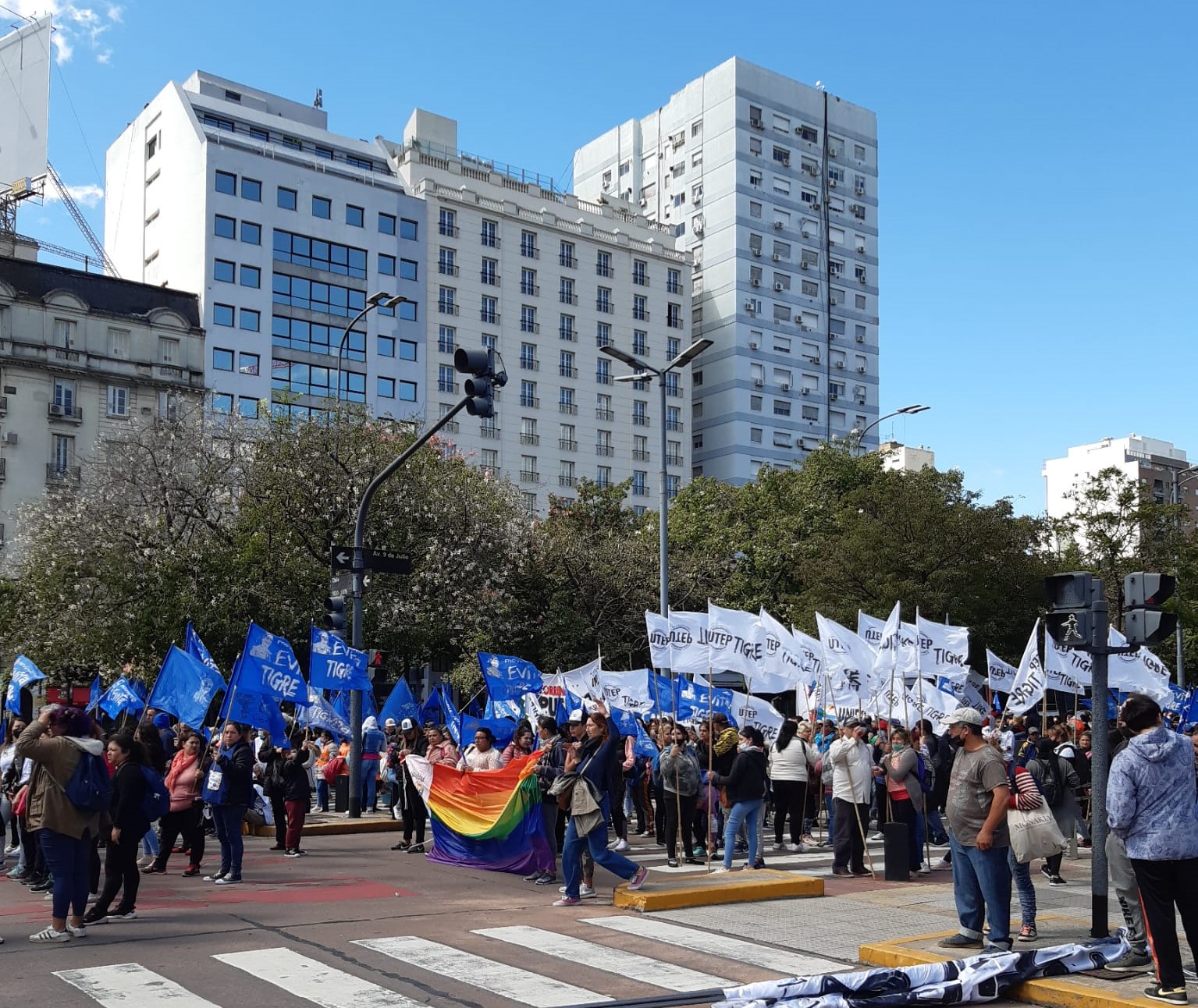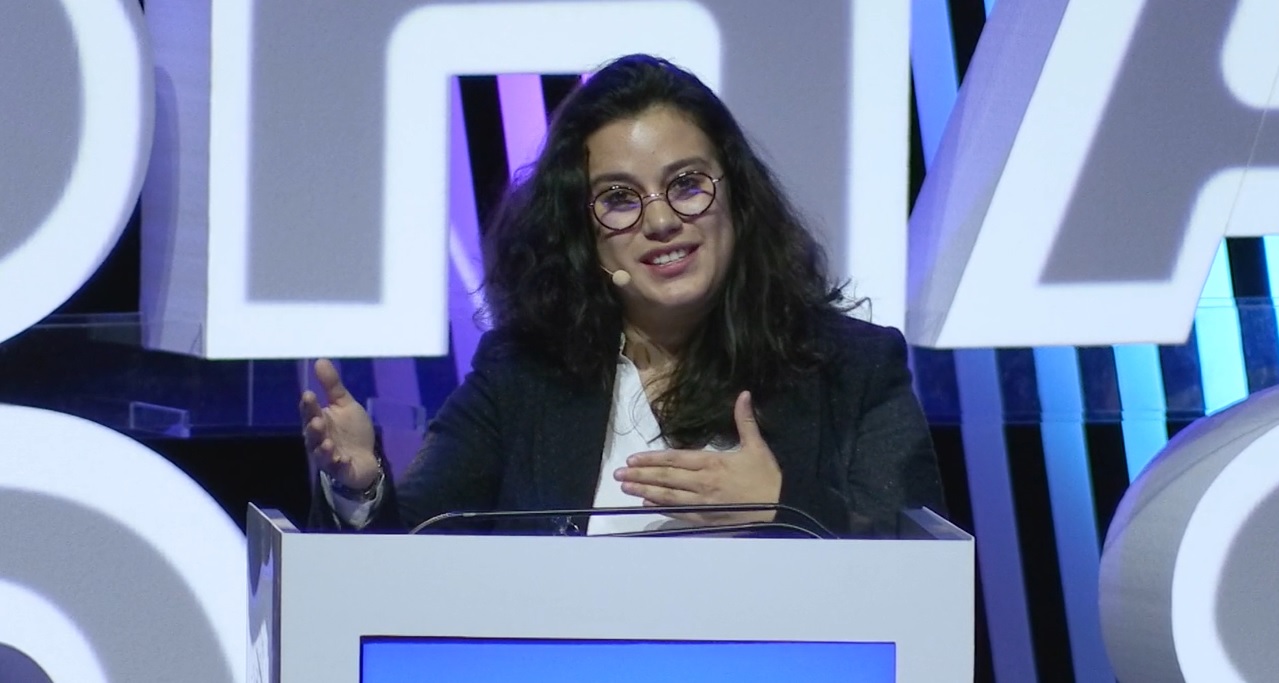In 25 years, the global percentage of women in parliament has doubled, from 11.3% to 24% from 1995 to 2020 (Interparliamentary Union, 2021, p.1). In the Latin American region, from 1995 to October 2019, their share of the Lower or Single House increased from 10.6% to 27.9% (Llanos, 2019, p.7). These advances are part of a series of gradual processes of conquest of political citizenship for women to elect and be elected.

Foto: EUROsociAL+
The structural exclusion of women in politics has topped feminist debates since the end of the 20th century to focus on parity or parity democracy. These ideas emerged in France in the 1990s and then spread throughout Europe (Gaspard, 1993), and were recorded in the 1992 Athens declaration. This stipulated parity democracy as the defence of women in the political sphere and demanded a renegotiation of the social contract, with the aim of achieving more representative, legitimate democracies.
In Latin America, there are three milestones that mark the conquest of women’s political rights: women’s suffrage, the adoption of international frameworks in favour of citizenship and women’s political rights, and the application of quota laws.
The first refers to the conquest of women’s suffrage, which was initially recognised or reserved for “literate” women. The first country that approved suffrage in Latin America was Ecuador in 1929, followed by Chile in 1931 and Uruguay in 1932 (Peschard, 2002, p.173). It was later recognised in Brazil (1932), Cuba (1934), Bolivia (1938), El Salvador (1939), Panama (1941), the Dominican Republic (1942), Venezuela (1946), Mexico (1947), Argentina (1947).), Costa Rica (1949), Colombia (1954), Peru (1955), Honduras (1955), Nicaragua (1955), and Paraguay (1961). [1]
The second milestone occurred with the adoption of different Conventions, Pacts and Consensuses referring to the recognition of citizenship and the political rights of women, which have been gradually conquered by feminist movements in the region. Among these international and regional frameworks are the Inter-American Convention on the Political Rights of Women (1948), the International Covenant on Civil and Political Rights (1966), the American Convention on Human Rights (1969), the Convention on the Elimination of All Forms of Discrimination against Women (CEDAW) (1979), and the Fourth World Conference on Women in Beijing (1995), among others. Likewise, the different consensuses adopted at the Regional Conferences in Latin America and the Caribbean and the 2030 Agenda for Sustainable Development – United Nations Organisation -UN (2015)” were welcomed. [two]
The adoption of these frameworks ushered in the third milestone: the application of positive action measures, particularly known as quota laws. Gender quotas aim to ensure the effective integration of the sex under-represented due to social gender relations, in electoral candidacies, in representation and in mandates (IIDH et al., 2017b, p.227). In the case of Latin America, these measures sought to help position women in candidacies and obtain seats in the legislative power. The percentages of the quotas were 20%, 30%, 33% and 40% in the different countries of the region (Freidenberg & Lajas García, 2015).
However, the application of quotas was not accompanied by a political will to transform and build effective conditions for the incorporation of women in spaces of representation. In this context, and in the debate on reforms aimed at securing democracy in the region, there is a need to build more inclusive democracies, where women, who account for half of the population, should be part of the spaces for representation and decision-making on a parity basis. The parity democracy perspective emerged in Latin America in 2007 at the 10th Regional Conference on Women in Latin America and the Caribbean through the Quito Consensus. This recognised parity as conducive to democracy. It also established that its purpose is to achieve equality in the exercise of power, in decision-making, in the mechanisms of participation and social and political representation (Article 17 of the Quito Consensus). On this line, the Latin American and Caribbean Parliament (Parlatino) and UN-Women devised a proposal for a “Framework Standard to Consolidate Parity Democracy” (2016).
As a consequence, in the last decade, nine countries in the region adopted legislation that includes the principles of parity and alternation, aimed at guaranteeing the inclusion of 50% women and 50% men in lists of candidates for popular election. These, in turn, include women and men alternately; that is, a woman is followed by a man and a man by a woman correlatively. [3]
The countries that have adopted parity and alternation in their legislation to date are Costa Rica (2009), Ecuador (2009), Bolivia (2010), Honduras (2012), Panama (2012), Nicaragua (2012), Mexico (2014), Argentina (2017), Peru (2020) (Freidenberg & Molina, 2021; Llanos, 2019, p.44). In general, parliaments in Latin America and the world are moving towards gender parity (Interparliamentary Union, 2021). These regulations have been duly adopted and are helping to change spaces of representation, particularly in the formation of national legislatures, Congress or Assemblies and at local levels in municipal councils.
In the area of gender equality policies, in recent years EUROsociAL+ has supported a series of actions in Latin America to strengthen parity democracy devices. These include:
- Uruguay: Commitment to consolidation of transformative trajectories and leadership of women in politics
- Argentina: Advancing in the promotion of the political autonomy of women
- Peru: The promotion of parity and prevention of electoral violence in Peru


